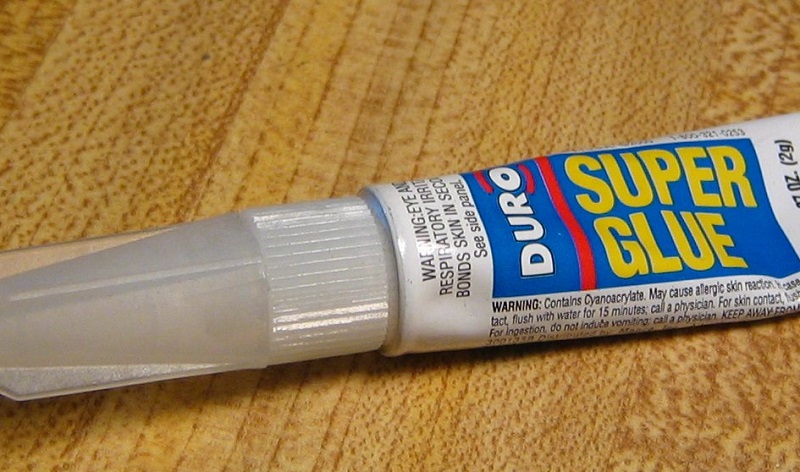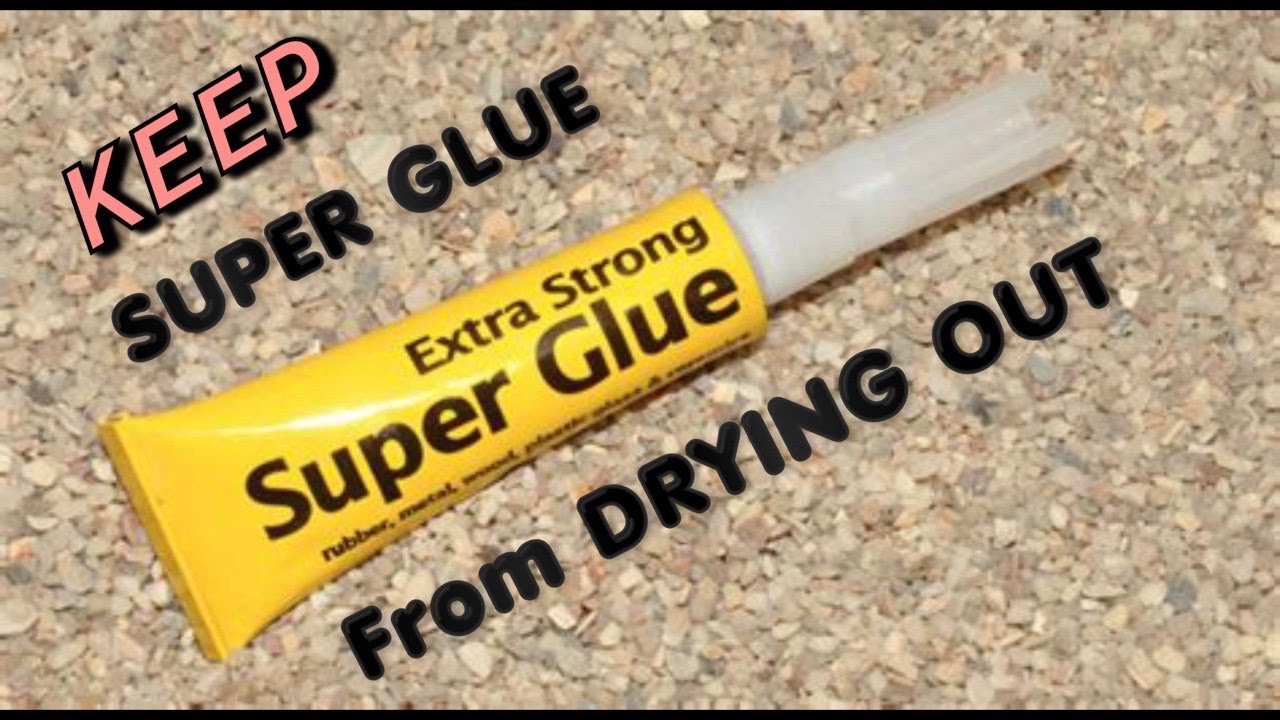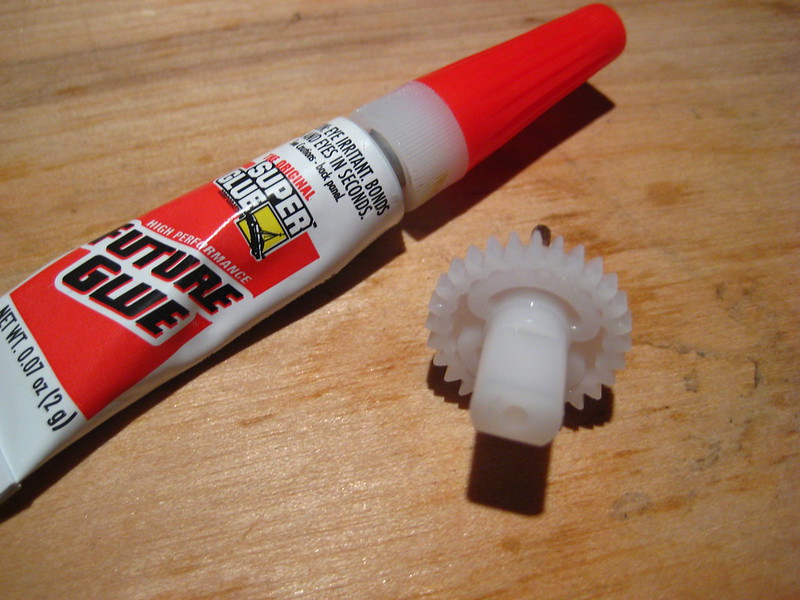Super Glue Not Drying: Troubleshooting Tips and Solutions
Super glue is a popular adhesive used for various purposes, ranging from household repairs to arts and crafts projects. It's known for its strong bonding capabilities and quick drying time. However, there are instances when super glue may not dry as expected, causing frustration and inconvenience. In this article, we will explore the possible reasons behind super glue not drying and provide you with troubleshooting tips and solutions to address this issue effectively.
1. Quality of the Super Glue
The quality of the super glue you use plays a significant role in its drying time. Inferior or expired glue may not dry properly, leading to bonding issues.
Ensure that you're using a reputable brand of super glue and check the expiration date before application.
2. Surface Preparation
Proper surface preparation is crucial for achieving a strong bond with super glue. Make sure the surfaces you intend to bond are clean, dry, and free from dust, oil, or any other contaminants.
Use a mild detergent or rubbing alcohol to clean the surfaces thoroughly before applying the glue.

super glue not drying
3. Amount of Glue Applied
Applying an excessive amount of super glue can hinder the drying process. Remember that a little goes a long way when it comes to super glue. Use a small, thin layer of glue to ensure proper drying and bonding.
Applying too much glue can result in a longer drying time or even prevent it from drying completely.
4. Temperature and Humidity
Temperature and humidity levels in the environment can affect the drying time of super glue. Ideally, the room temperature should be between 70°F and 90°F (21°C and 32°C) for optimal drying.
Higher humidity can prolong the drying process, so consider using a dehumidifier or working in a well-ventilated area to reduce moisture in the air.
5. Pressure and Clamping
Applying pressure and using clamps can significantly improve the bonding process and promote faster drying.
After applying the super glue, gently press the surfaces together and hold them firmly for a few minutes. If feasible, use clamps to keep the bonded objects securely in place until the glue is completely dry.

super glue not drying
6. Glue Compatibility
Certain materials may not be compatible with super glue, causing it to remain tacky or not dry at all. Some plastics, rubber, and certain types of fabric may require specialized adhesives.
Ensure that the glue you're using is suitable for the materials you intend to bond.
7. Aging or Expired Glue
Over time, super glue can lose its effectiveness and become less likely to dry properly.
If you've had the glue for an extended period or notice changes in its consistency, it may be best to invest in a fresh bottle. Using old or expired glue can lead to disappointing results.
8. Ventilation and Airflow
Adequate ventilation and airflow are crucial for the drying process. Ensure that the area where you're working has good air circulation.
Opening windows or using fans can help remove excess moisture and accelerate the drying time of the super glue.

super glue not drying
9. Conclusion
Super glue not drying can be a frustrating experience, but with the right troubleshooting techniques, you can overcome this issue successfully.
By considering the quality of the glue, surface preparation, the amount of glue applied, temperature and humidity levels, pressure and clamping, glue compatibility, aging or expiration of the glue, and proper ventilation, you can improve the drying time and achieve the desired bonding results.
Remember to follow these tips and solutions for a hassle-free experience when working with super glue.